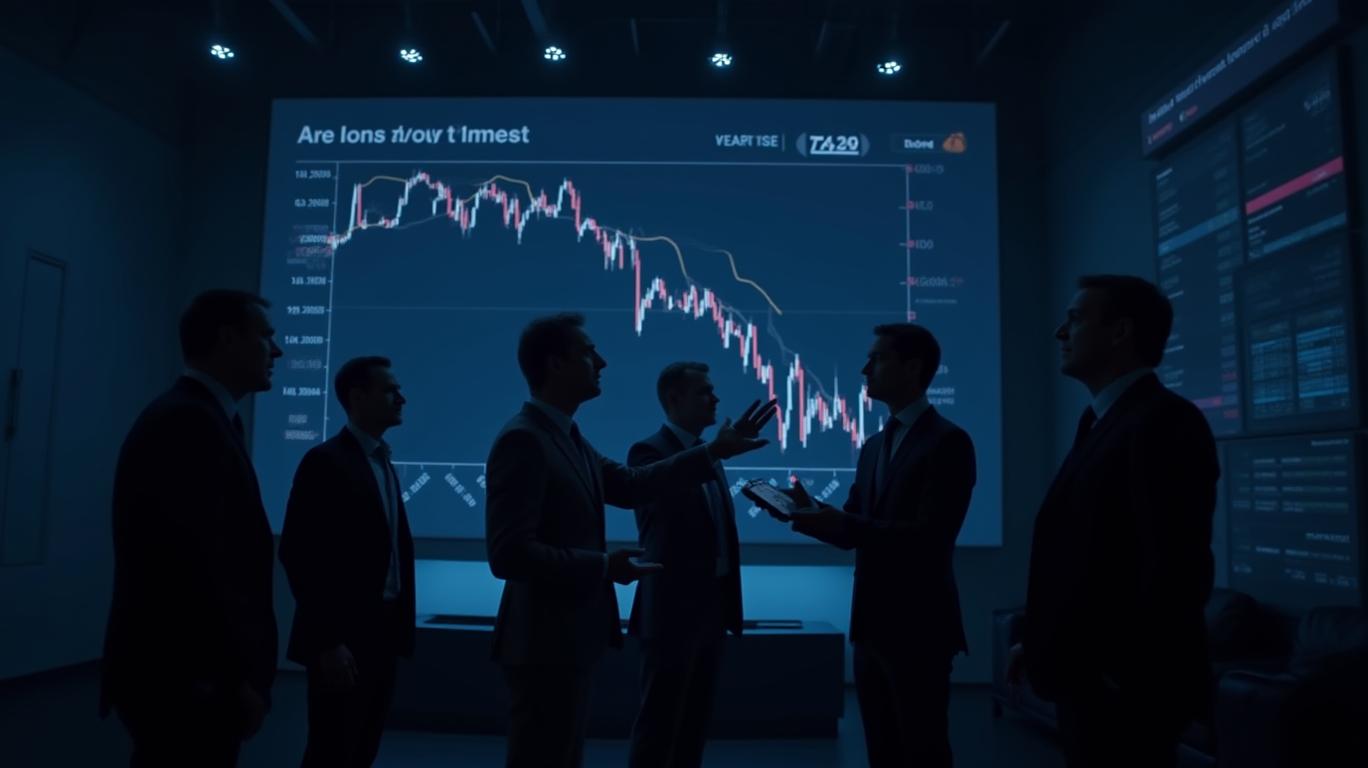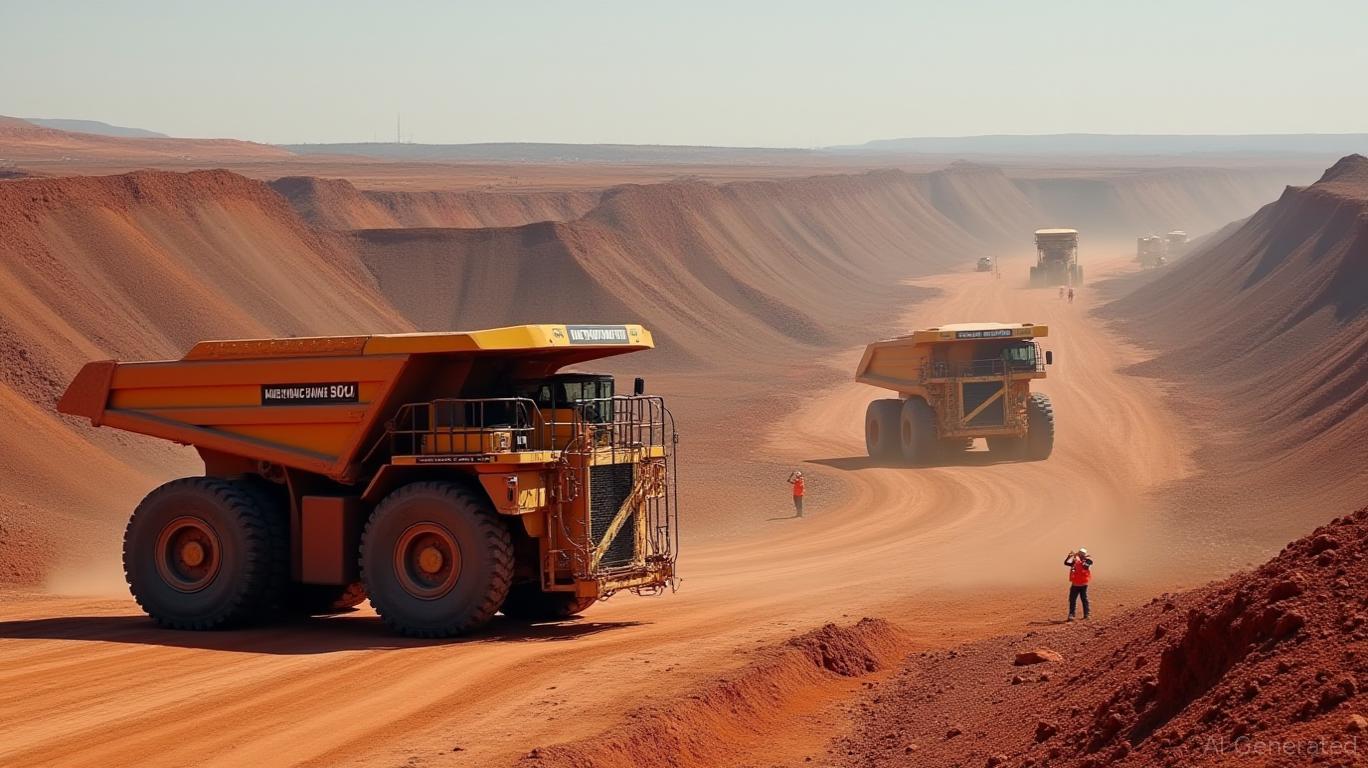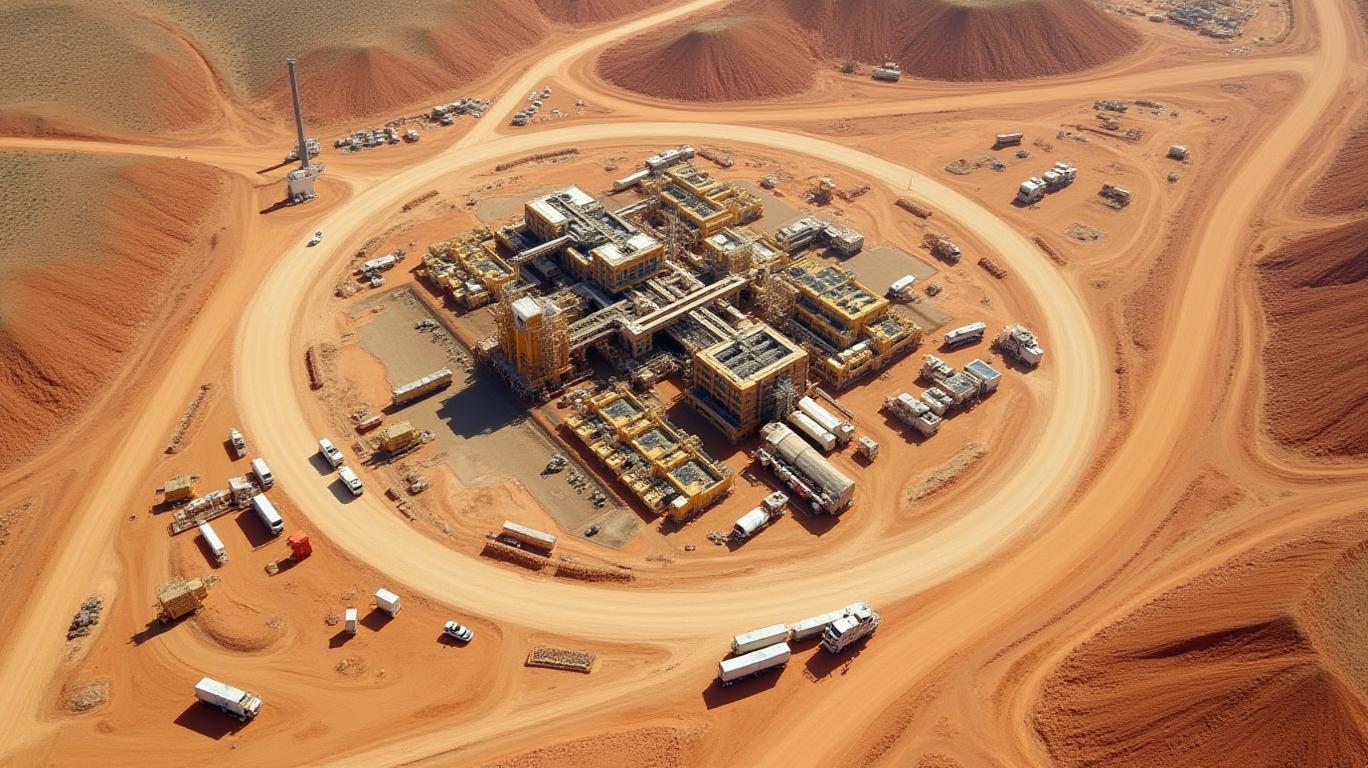Grange Resources (ASX:GRR): A Capital Efficiency Crisis Amid Iron Ore Slump

Investors in Grange Resources Limited (ASX:GRR) are grappling with a stark reality: the Australian iron ore miner’s ability to generate returns on capital has collapsed in recent years, even as it bets on costly long-term projects to revive growth. With its return on capital employed (ROCE) plummeting from 25% five years ago to just 4.95% in fiscal 2024, the company’s struggle to allocate capital efficiently has raised red flags among shareholders. Compounding the challenges, Grange recently postponed a key mine expansion at its Tasmanian Savage River project, citing weak iron ore prices and a strained financial position. The question now is whether Grange can stabilize its finances, or if its capital missteps will cement its status as a high-risk play in a volatile industry.
ROCE and ROE: A Decline That Signals Structural Issues
Grange’s capital efficiency metrics tell a worrying story. In 2022, its ROCE stood at 22.36%, but by 2024, it had collapsed to 4.95%—a drop of over 80% in two years. This decline mirrors a similar erosion in return on equity (ROE), which fell from 18.99% in 2022 to 5.52% in 2024. Both metrics now sit far below the Metals and Mining industry average, underscoring deteriorating profitability.
The chart reveals a stark downward trend: even as Grange invested more capital (CapEx rose to AU$0.22 per share in 2023), returns collapsed. This suggests capital is being deployed without generating commensurate revenue growth. Analysts warn that Grange’s reliance on iron ore—a commodity prone to price volatility—leaves it vulnerable to market swings, as seen in its 2024 net income drop of 61% to AU$58.5 million.
Operational Stumbles and Delayed Growth
The postponement of the Savage River magnetite mine expansion is emblematic of Grange’s challenges. Originally planned to begin construction in 2025, the project aimed to double annual iron product sales to 5.54 million tonnes by 2029. However, Grange cited its “current financial position” as incompatible with proceeding, noting that iron ore fines prices (65% Fe CFR Qingdao) had slumped to $115.50 per tonne by December 2024, down from $146.02 a year earlier.

The delay not only freezes a potential revenue boost but also raises questions about Grange’s ability to fund future projects. While the company has completed a Definitive Feasibility Study (DFS) for the North Pit Underground project—which aims to reduce operating costs—the lack of financing progress leaves execution uncertain. Meanwhile, Grange’s pellet production rose 5% in FY2024, but this gain was overshadowed by a 33.82% year-to-date stock decline, reflecting investor skepticism.
Market Headwinds and Strategic Crossroads
Grange’s woes are not isolated. The broader iron ore market has been battered by China’s slowing demand and oversupply concerns. However, Grange’s struggles are exacerbated by its own missteps. Its ROCE of 4.95% in 2024 is less than half the sector’s average, according to peer comparisons.
The chart highlights a steep drop from $146 in late 2023 to $115 by late 2024—a 21% decline. With Grange’s revenue tied to these prices, every dollar lost in pricing directly hits margins.
The company’s attempt to pivot toward decarbonization—via a hydrogen conversion study—is a positive long-term move but does little to address near-term cash flow constraints. Meanwhile, its dividend policy remains modest: a AU$0.02 per share payout in March 2025, down sharply from AU$0.10 in 2022, signals caution in returning capital to shareholders.
A Capital Allocation Dilemma
Grange’s recent actions reveal a fragmented strategy. It reacquired a partner’s stake in the Southdown Magnetite Project, consolidating control but straining liquidity. While the project’s Prefeasibility Study highlighted value uplift, the company’s free cash flow per share (FCF) has dwindled to AU$0.13 (TTM Dec 2024), down from AU$0.36 in 2021. With CapEx coverage at 2.77x, Grange can fund current operations, but expansion hinges on external financing—a hurdle given its AU$134.8 million market cap and limited debt capacity (Debt-to-Equity <0.01).
Conclusion: A Risky Gamble on Turnaround
Grange Resources faces a precarious balancing act. Its postponed Savage River expansion and declining ROCE suggest a business model struggling to adapt to market realities. While projects like North Pit Underground offer cost-saving potential, execution risks remain high without clear funding.
Investors must weigh two scenarios:
1. The Bull Case: Iron ore prices rebound, Savage River resumes, and cost-cutting boosts margins. Grange’s AU$0.02 dividend and “Strong Buy” technical sentiment hint at this optimism.
2. The Bear Case: Prices stay depressed, financing remains elusive, and Grange’s ROCE continues its downward spiral. Its market cap, down 33.8% YTD, already reflects this pessimism.

For now, the odds favor caution. With ROCE at crisis levels and growth plans on hold, Grange’s story is one of survival, not growth. Until it proves it can allocate capital wisely or secure financing, investors may want to treat GRR as a high-risk, speculative play—suitable only for those willing to bet on a commodity rebound and managerial turnaround.
The chart underscores the disconnect: while Grange’s stock has surged 173% over five years, its recent 33.8% YTD drop signals a market losing patience. For Grange, time—and iron ore prices—are running out.

_ea5fa73f1750203501414.jpg)
_dab570481750202897772.jpg)







